Home>Home Maintenance>Why Is It Bad To Spray Sanitizer Into The Ventilation System
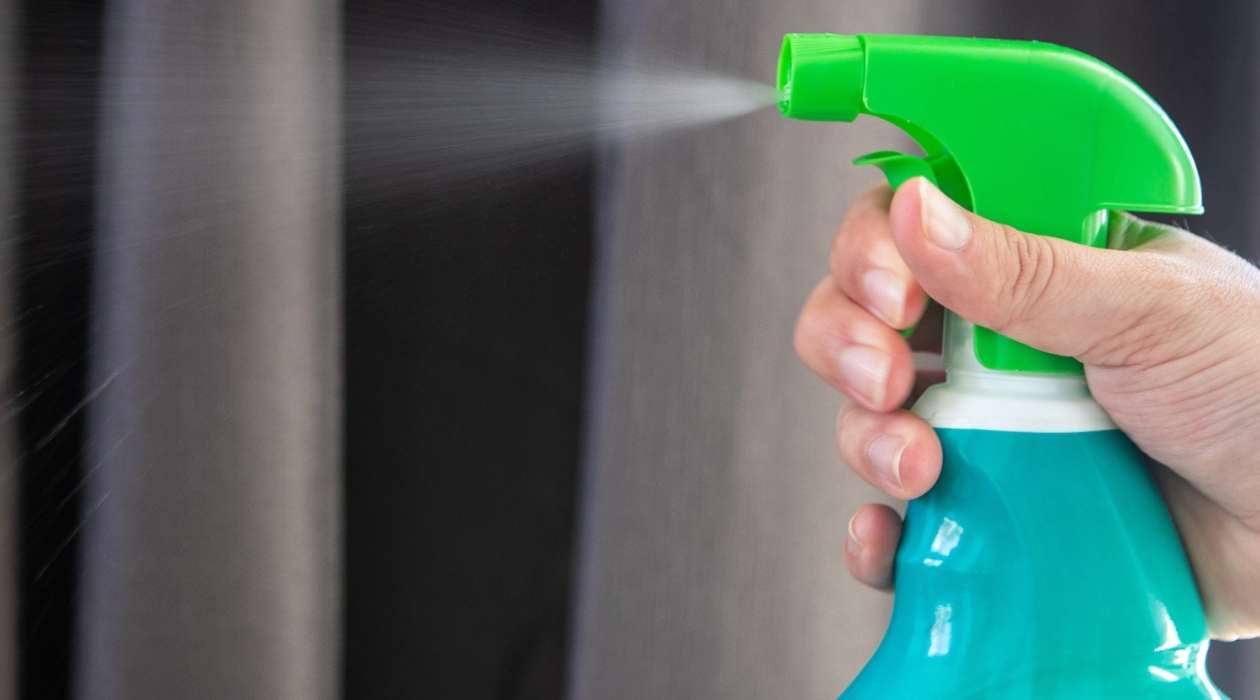

Home Maintenance
Why Is It Bad To Spray Sanitizer Into The Ventilation System
Modified: March 6, 2024
Learn why spraying sanitizer into your ventilation system for home maintenance is a bad idea. Protect the integrity of your HVAC system and maintain a healthy living environment.
(Many of the links in this article redirect to a specific reviewed product. Your purchase of these products through affiliate links helps to generate commission for Storables.com, at no extra cost. Learn more)
Introduction
Welcome to the world of home maintenance, where ensuring a healthy and safe living environment is of utmost importance. Among the various aspects of home maintenance, the ventilation system plays a vital role in keeping indoor air quality at its best. In recent times, with the global pandemic and increased focus on cleanliness and hygiene, many homeowners have turned to sanitizing their ventilation systems as a precautionary measure.
While the intention behind sanitizing the ventilation system is noble, it is crucial to understand the potential risks and drawbacks associated with this practice. In this article, we will delve into why it is bad to spray sanitizer into the ventilation system and explore alternative methods to maintain a clean and healthy environment.
Before we discuss the drawbacks, let’s first gain a better understanding of the ventilation system itself.
Key Takeaways:
- Avoid spraying sanitizer into your home’s ventilation system as it can damage the ducts, be ineffective in killing germs, and pose health risks for occupants.
- Instead, focus on regular maintenance, improving airflow, using high-efficiency filters, implementing UV-C light, and maintaining a clean environment for a healthier home.
Read more: Why Is Spray Foam Insulation Bad
Understanding the Ventilation System
The ventilation system in your home plays a crucial role in maintaining a healthy indoor environment. It consists of a network of ducts and vents that circulate air throughout the house, removing stale air and bringing in fresh air from outside. This process helps to regulate humidity levels, control odors, and prevent the build-up of harmful pollutants and allergens.
The ventilation system typically includes two main components: the supply ducts and the return ducts. The supply ducts distribute clean, conditioned air from the HVAC system to different rooms, while the return ducts collect stagnant air and pollutants and send them back to the HVAC system for filtration and treatment.
In addition to supplying fresh air and removing stale air, the ventilation system assists in maintaining proper airflow, which is crucial for the overall functionality of the HVAC system. It helps in balancing the temperature throughout the house, providing comfort to the occupants.
Now that we have a basic understanding of the ventilation system, let’s explore the potential risks of spraying sanitizer into it.
Potential Risks of Spraying Sanitizer into the Ventilation System
While it may seem like a logical step to sanitize the ventilation system by spraying sanitizer directly into the ducts, there are several risks and issues associated with this practice.
1. Damage to the Ventilation System: Many sanitizers contain chemicals that can cause damage to the components of the ventilation system. The sanitizer can corrode metal surfaces, degrade insulation, and weaken the overall structure of the ducts. This can lead to leaks, reduced efficiency, and costly repairs or replacements.
2. Ineffectiveness of Sanitizing Airborne Germs: Spraying sanitizer into the ventilation system may not effectively eliminate airborne germs and pathogens. The spray might not reach all areas of the ductwork, leaving some sections untouched. Additionally, the sanitizer may not have sufficient contact time or concentration to effectively kill the germs. Therefore, relying solely on spraying sanitizer may give a false sense of security without providing the desired level of protection.
3. Health Hazards for Occupants: Some sanitizers contain chemicals that can be harmful when inhaled. When the ventilation system is turned on, these chemicals can be circulated throughout the house, potentially causing respiratory irritation, allergic reactions, or other health issues for occupants. This is especially concerning for individuals with pre-existing respiratory conditions or sensitivities.
4. Neglecting Proper Maintenance: Relying solely on sanitizing the ventilation system may lead to neglecting other essential maintenance tasks. Regular cleaning and maintenance of the ventilation system, including filter replacement and duct cleaning, are crucial for optimal performance and indoor air quality. Overlooking these tasks in favor of spraying sanitizer could result in a compromised system and reduced effectiveness.
Given these risks, it is advisable to explore alternative methods to maintain a clean and healthy ventilation system. We will discuss some of these alternatives in the next section.
Damages to the Ventilation System
When it comes to the ventilation system in your home, it is essential to understand the potential damages that can occur if you spray sanitizer into it. While the intention might be to keep the system clean and free from germs, there are several risks associated with this practice.
One of the primary risks is the damage that sanitizers can cause to the various components of the ventilation system. Sanitizers often contain chemicals that can be corrosive to metal surfaces, such as the ductwork. Over time, the repeated exposure to these chemicals can lead to the deterioration of the ducts, causing leaks and reducing the system’s efficiency.
In addition to corroding the ducts, sanitizers can also degrade the insulation lining the ductwork. Insulation plays a crucial role in maintaining the temperature of the air as it moves through the system. When the insulation is damaged, there can be a significant loss of energy efficiency, resulting in higher heating and cooling costs.
Furthermore, spraying sanitizer into the ventilation system can weaken the overall structure of the ducts. This can lead to the development of cracks or breaks in the ductwork, which not only affects the system’s performance but also allows contaminants from the surrounding areas to enter the airflow. This can introduce additional pollutants and allergens into the indoor air, defeating the purpose of sanitizing the system in the first place.
In some cases, the damages caused by spraying sanitizer may not be immediately apparent. The effects can accumulate over time, resulting in costly repairs or even the need for complete system replacement. Regular inspection and maintenance of the ventilation system are crucial to identify any damages early on and take necessary corrective measures before they worsen.
Given the potential damages that can occur, it is crucial to approach the cleaning and maintenance of the ventilation system with caution. Instead of relying solely on sanitizer sprays, it is recommended to explore alternative methods that are safer and more effective in maintaining a clean and healthy ventilation system.
Do not spray sanitizer into the ventilation system as it can cause damage to the system and spread harmful chemicals throughout the building. Instead, use approved cleaning methods for ventilation systems.
Ineffectiveness of Sanitizing Airborne Germs
When it comes to sanitizing the ventilation system, one of the key considerations is the effectiveness of the process in eliminating airborne germs and pathogens. While spraying sanitizer into the ducts may seem like a logical solution, it may not actually provide the desired level of protection for several reasons.
Firstly, it is challenging to ensure that the sanitizer reaches all areas of the ductwork. The ventilation system consists of a complex network of ducts, bends, and branches that can be difficult to access. During the spraying process, the sanitizer may not evenly distribute throughout the entire system, leaving some sections untouched. This means that germs and contaminants may still be present in those areas and can continue to circulate in the indoor air.
Secondly, even if the sanitizer does reach all parts of the ductwork, there is a question of contact time. Sanitizers typically require a certain amount of time to effectively kill germs and pathogens. However, when sprayed into the ventilation system, the contact time between the sanitizer and the airborne particles may be significantly reduced. The fast-moving air in the ducts can cause the sanitizer to evaporate or disperse before it can effectively eliminate the germs. This reduces the efficacy of the sanitization process, as the germs may not be exposed to the sanitizer for an adequate period of time.
Another factor to consider is the concentration of the sanitizer. Many sanitizers need to be used at a specific concentration to effectively kill germs. However, when sprayed into the ventilation system, the sanitizer can become diluted or dispersed, potentially reducing its effectiveness. Additionally, the concentration of the sanitizer may vary throughout the ductwork, further compromising its ability to effectively sanitize the air.
It is also important to note that sanitizing the air in the ventilation system does not address other sources of contamination. While airborne germs are a concern, there are other potential sources of pollutants and allergens, such as dust, pet dander, and mold spores, that may not be effectively addressed by the sanitizing process alone. Proper filtration and regular cleaning of the ventilation system are necessary to control these additional sources of contaminants.
In light of these limitations, it is essential to consider alternative methods that can more effectively improve indoor air quality and mitigate the risks of airborne germs and pathogens.
Read more: How To Diagnose A Bad HVAC Thermostat
Health Hazards for Occupants
While the intention behind sanitizing the ventilation system is to promote a healthier living environment, it’s important to be aware of the potential health hazards that can arise from spraying sanitizer into the ductwork. The chemicals present in many sanitizers can pose risks to the health of the occupants, especially when they are circulated throughout the house via the ventilation system.
One of the primary concerns is the inhalation of these chemicals. When sanitizer is sprayed into the ventilation system and the system is in operation, the airborne particles can be distributed throughout the house, exposing occupants to the chemicals. This can lead to respiratory irritation, especially in individuals who may already have underlying respiratory conditions such as asthma or allergies.
Some of the common chemicals found in sanitizers, such as chlorine or ammonia, can cause eye and throat irritation, coughing, difficulty breathing, and allergic reactions. Prolonged or repeated exposure to these chemicals can further aggravate respiratory symptoms and may even lead to long-term health effects.
In addition to respiratory concerns, there is also a risk of skin irritation or sensitization when occupants come into direct contact with surfaces that have been treated with sanitizer. This is especially true if the sanitizer has not been properly diluted or if occupants have sensitive skin.
Furthermore, certain sanitizers may contain volatile organic compounds (VOCs), which can contribute to indoor air pollution. VOCs are chemicals that can evaporate at room temperature and may cause various health issues, including headaches, dizziness, and nausea. Individuals with respiratory sensitivities or compromised immune systems may be more susceptible to the negative effects of VOC exposure.
It is important to note that not all sanitizers pose the same level of health risks. Some sanitizers are specifically formulated to be safe for use in ventilation systems. However, it is crucial to carefully read and follow the instructions provided by the manufacturer to minimize any potential health hazards.
Given the potential health risks associated with spraying sanitizer into the ventilation system, it is advisable to explore alternative methods that prioritize the well-being of occupants and maintain a clean and healthy living environment.
Alternatives to Sanitizing the Ventilation System
While it is important to maintain a clean and healthy ventilation system, there are alternative methods that can be more effective and safer than spraying sanitizer into the ductwork. These alternatives focus on addressing the underlying issues of contamination and improving indoor air quality.
1. Regular Cleaning and Maintenance: The most fundamental method of keeping the ventilation system clean is through regular cleaning and maintenance. This includes changing air filters at recommended intervals, removing dust and debris from vents and grilles, and scheduling professional duct cleaning when necessary. By maintaining a clean system, you can help prevent the build-up of pollutants, allergens, and germs in the ductwork.
2. Improve Ventilation and Airflow: Increasing ventilation and airflow within your home can help dilute and remove airborne contaminants. Open windows when weather permits to allow fresh air to circulate. Use exhaust fans in bathrooms and kitchens to remove excess humidity and odors. Proper airflow can help reduce the concentration of pollutants in the air and promote a healthier indoor environment.
3. Use High-Efficiency Air Filters: Upgrading to high-efficiency air filters can help trap a wider range of airborne particles, including dust, pollen, mold spores, and some bacteria and viruses. Look for filters with a high Minimum Efficiency Reporting Value (MERV) rating to ensure effective filtration without restricting airflow. Regularly replacing filters according to manufacturer guidelines is essential for maintaining optimum filtration efficiency.
4. Implement UV-C Light Technology: UV-C, or ultraviolet-C, light technology can be installed within the HVAC system to help neutralize airborne pathogens. UV-C light has the ability to disrupt the DNA of bacteria, viruses, and other microorganisms, rendering them unable to replicate and cause harm. This technology can be effective in reducing the concentration of microbes in the air, but it is important to consult with a professional to ensure proper installation and maintenance.
5. Maintain a Clean and Healthy Environment: Keeping your home clean and reducing potential sources of contamination can significantly impact indoor air quality. Regularly dusting surfaces, vacuuming with HEPA filters, and minimizing the presence of moisture-prone areas can help prevent the growth of mold and other allergens. Additionally, practicing good hygiene, such as washing hands regularly and covering coughs and sneezes, can help reduce the spread of germs within the home.
By adopting these alternatives, you can maintain a cleaner and healthier ventilation system without the potential risks associated with spraying sanitizers into the ducts. These methods focus on addressing the root causes of contamination and improving indoor air quality for the well-being of you and your family.
Conclusion
While the desire to sanitize the ventilation system is understandable, it is important to consider the potential risks and drawbacks associated with spraying sanitizer into the ductwork. Damages to the ventilation system, the ineffectiveness of sanitizing airborne germs, and the health hazards for occupants are all concerns that need to be taken into account.
Instead of relying solely on sanitizer sprays, there are alternative methods that can be more effective and safer in maintaining a clean and healthy ventilation system. Regular cleaning and maintenance, improving ventilation and airflow, using high-efficiency air filters, implementing UV-C light technology, and maintaining a clean and healthy environment are all viable options that can help improve indoor air quality and mitigate the risks of airborne contaminants.
It is crucial to prioritize the well-being of occupants and make informed decisions when it comes to home maintenance. Consulting with professionals in the field can provide valuable guidance and ensure that the chosen methods are appropriate and effective for your specific ventilation system.
In conclusion, while sanitizing the ventilation system may seem like a logical step, spraying sanitizer into the ductwork can lead to damages, be ineffective in eliminating airborne germs, and pose health hazards for occupants. Exploring alternative methods that focus on regular maintenance, improved airflow, advanced filtration, and maintaining a clean environment can contribute to a healthier living space without compromising the integrity of the ventilation system.
By adopting these alternative methods, you can achieve the goal of a clean and healthy indoor environment, providing peace of mind for you and your loved ones.
Frequently Asked Questions about Why Is It Bad To Spray Sanitizer Into The Ventilation System
Was this page helpful?
At Storables.com, we guarantee accurate and reliable information. Our content, validated by Expert Board Contributors, is crafted following stringent Editorial Policies. We're committed to providing you with well-researched, expert-backed insights for all your informational needs.
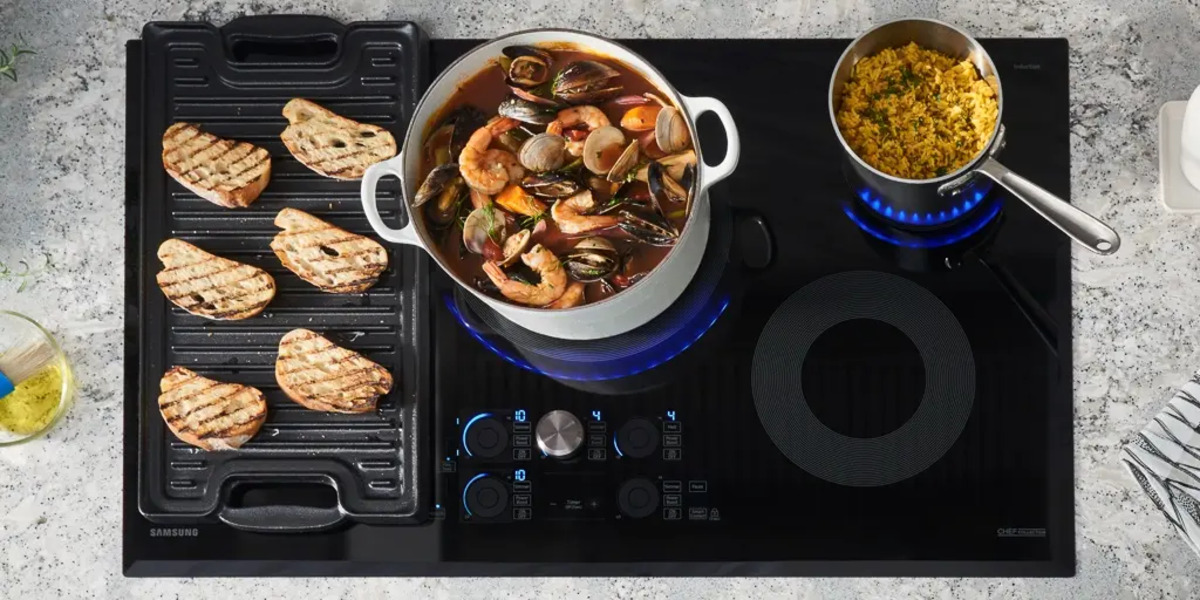
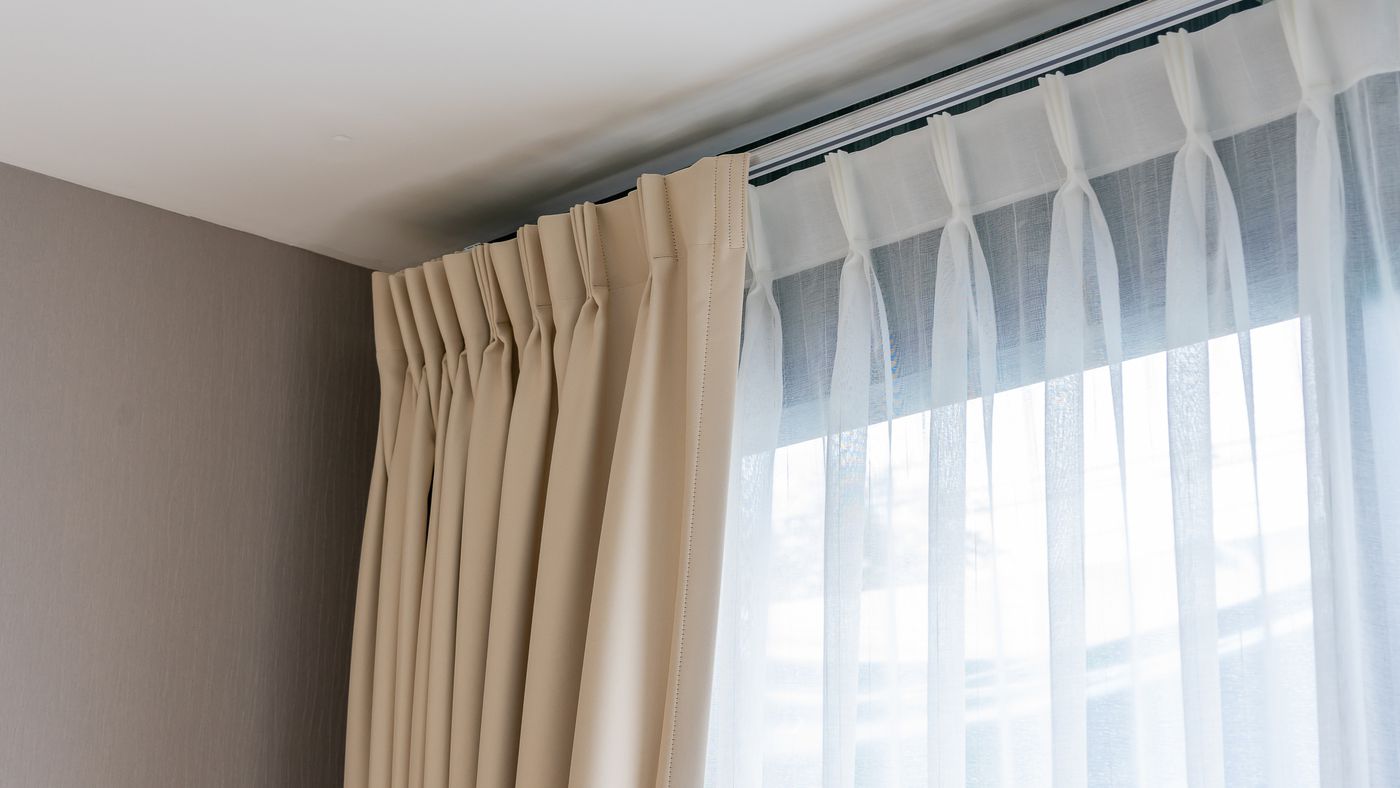
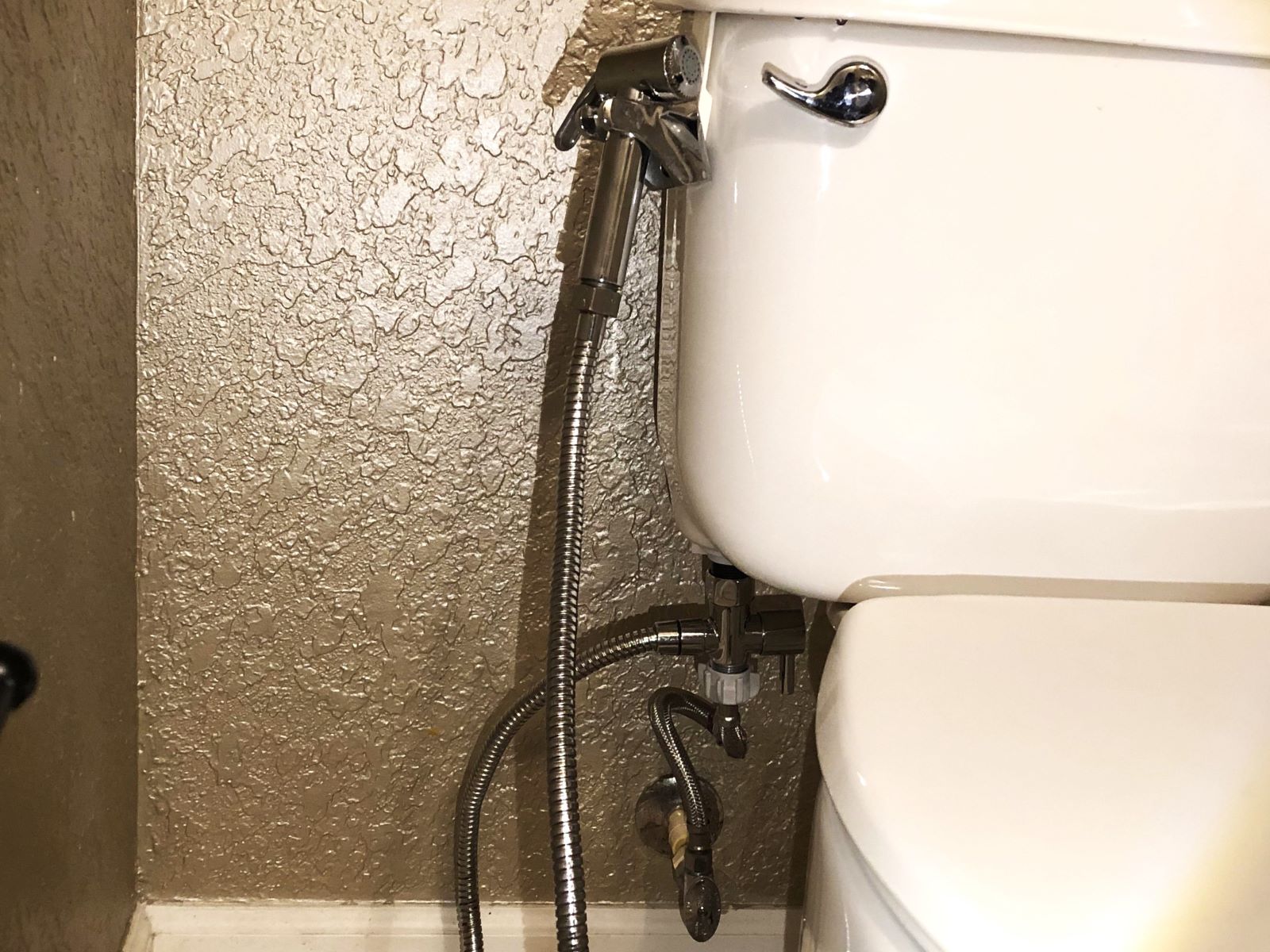
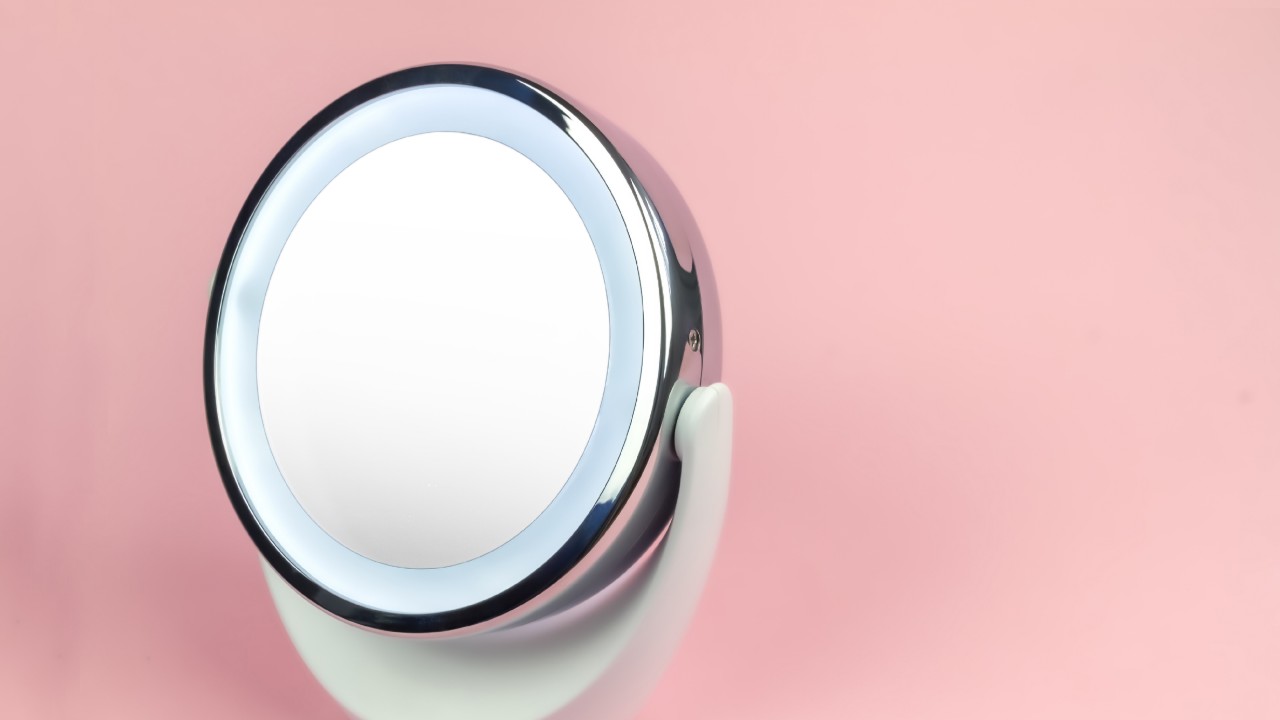
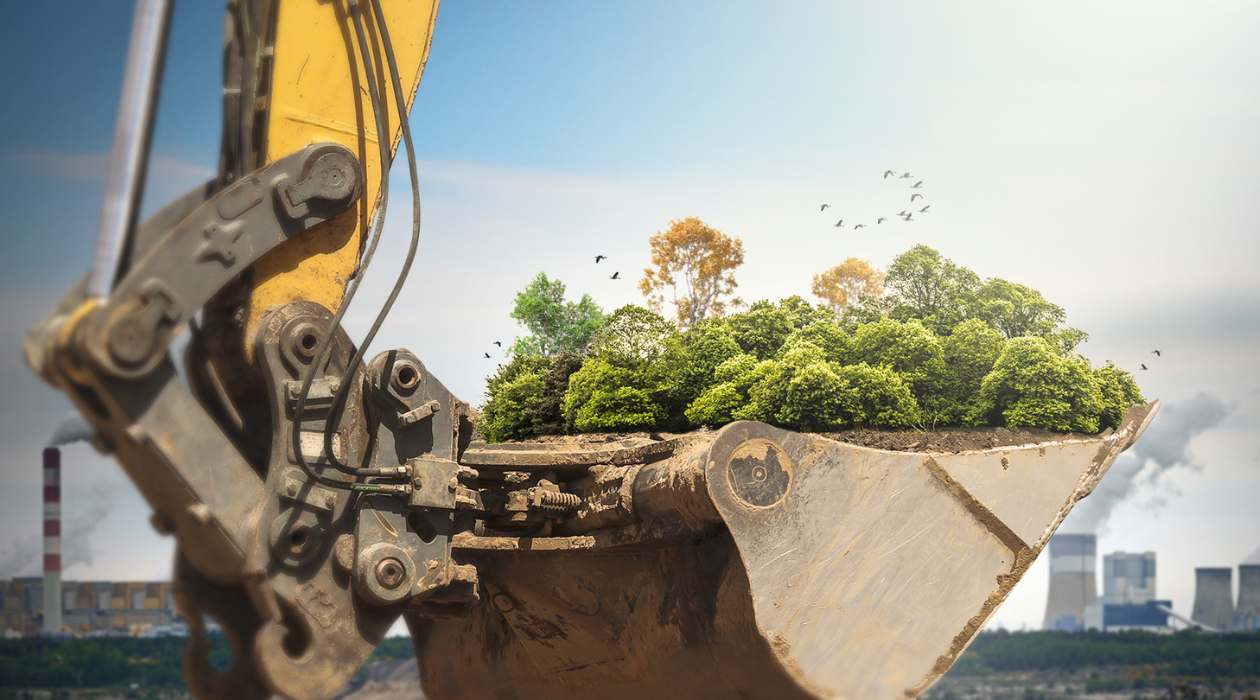
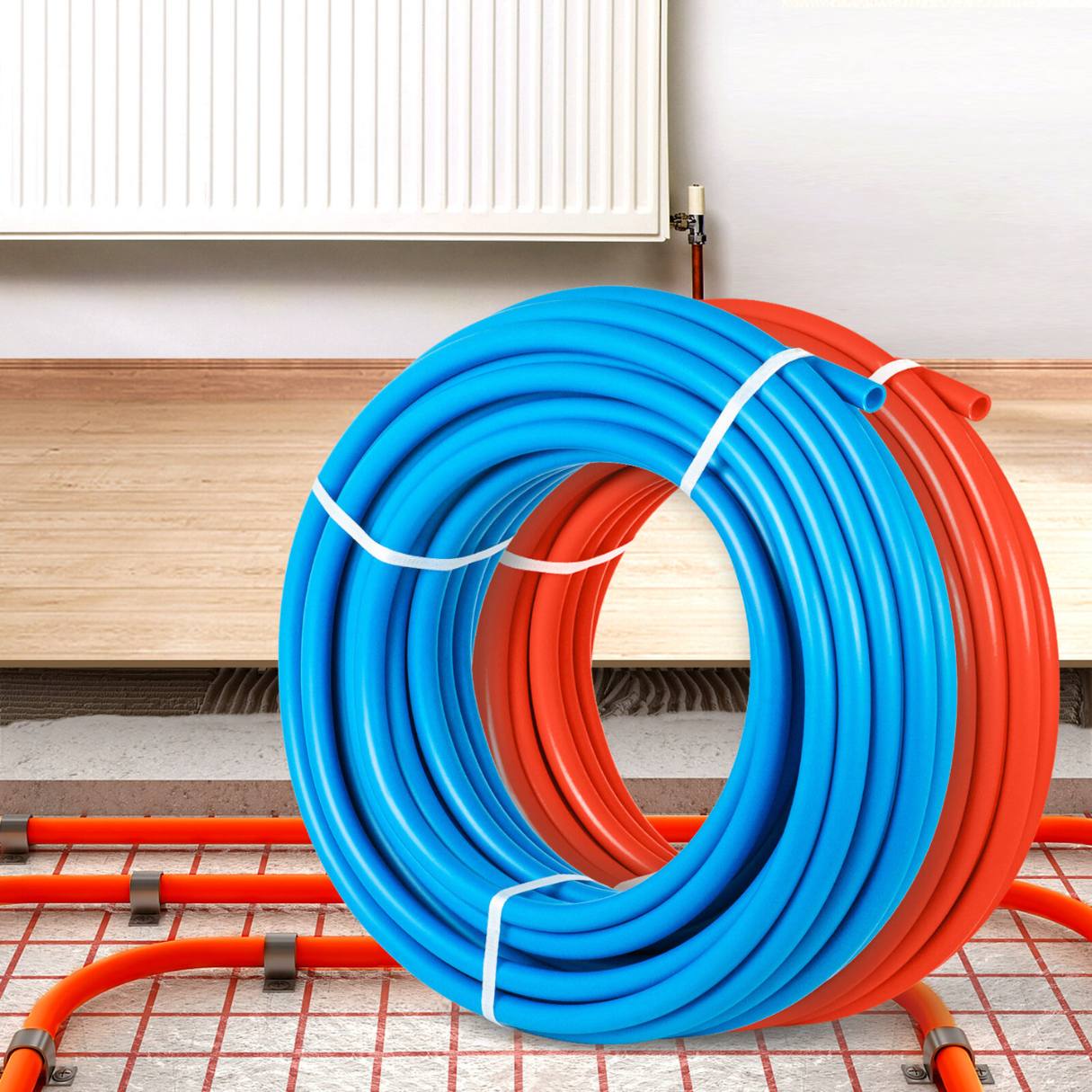
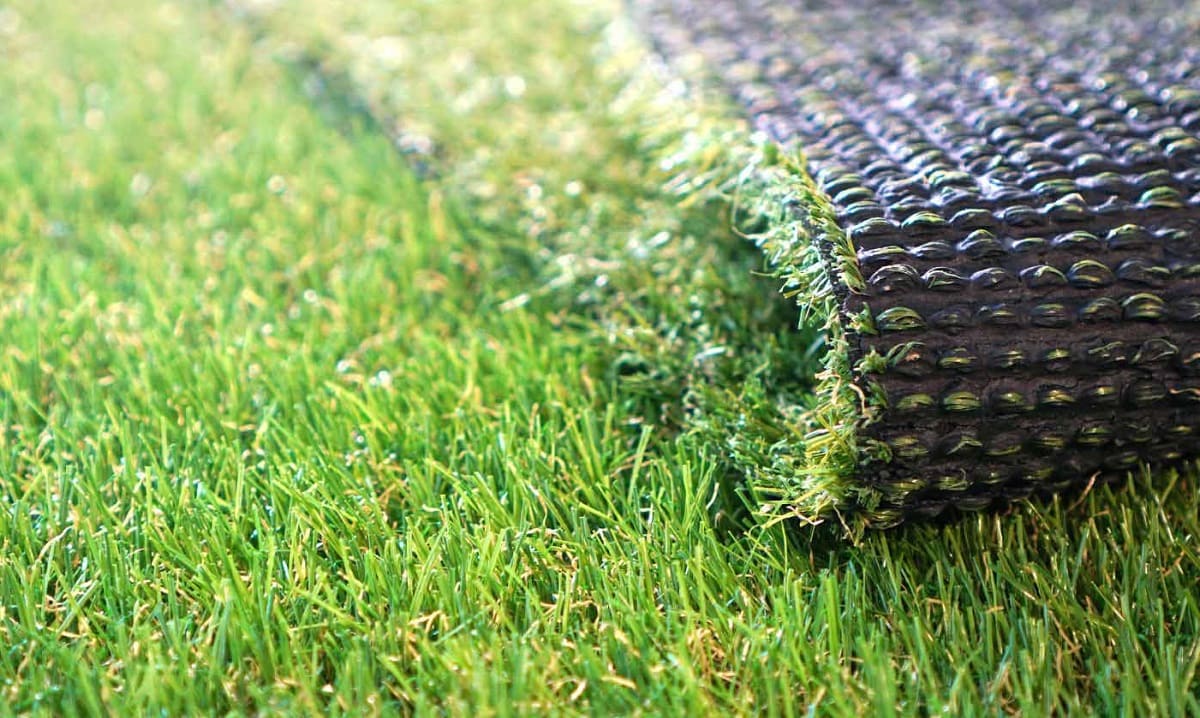

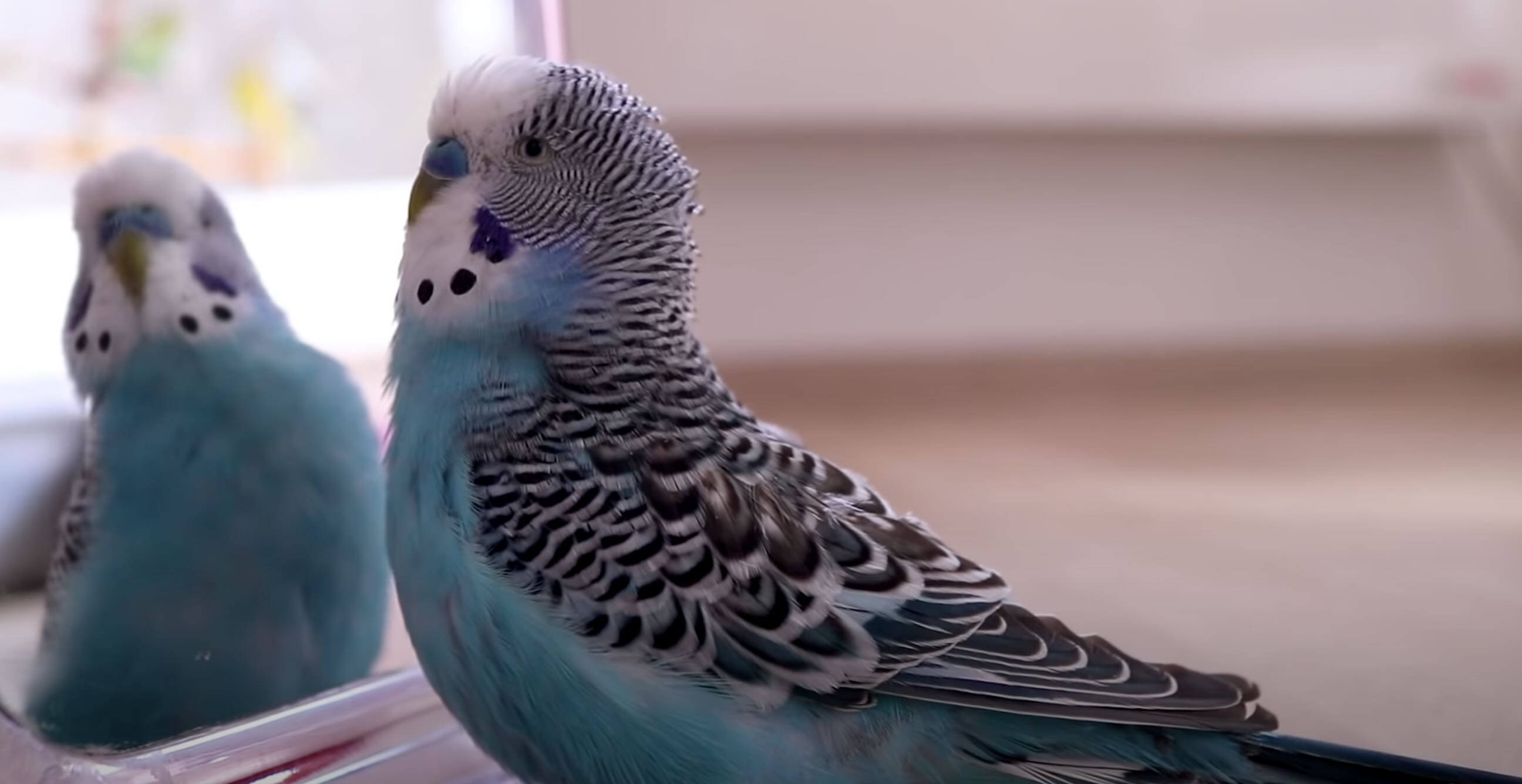
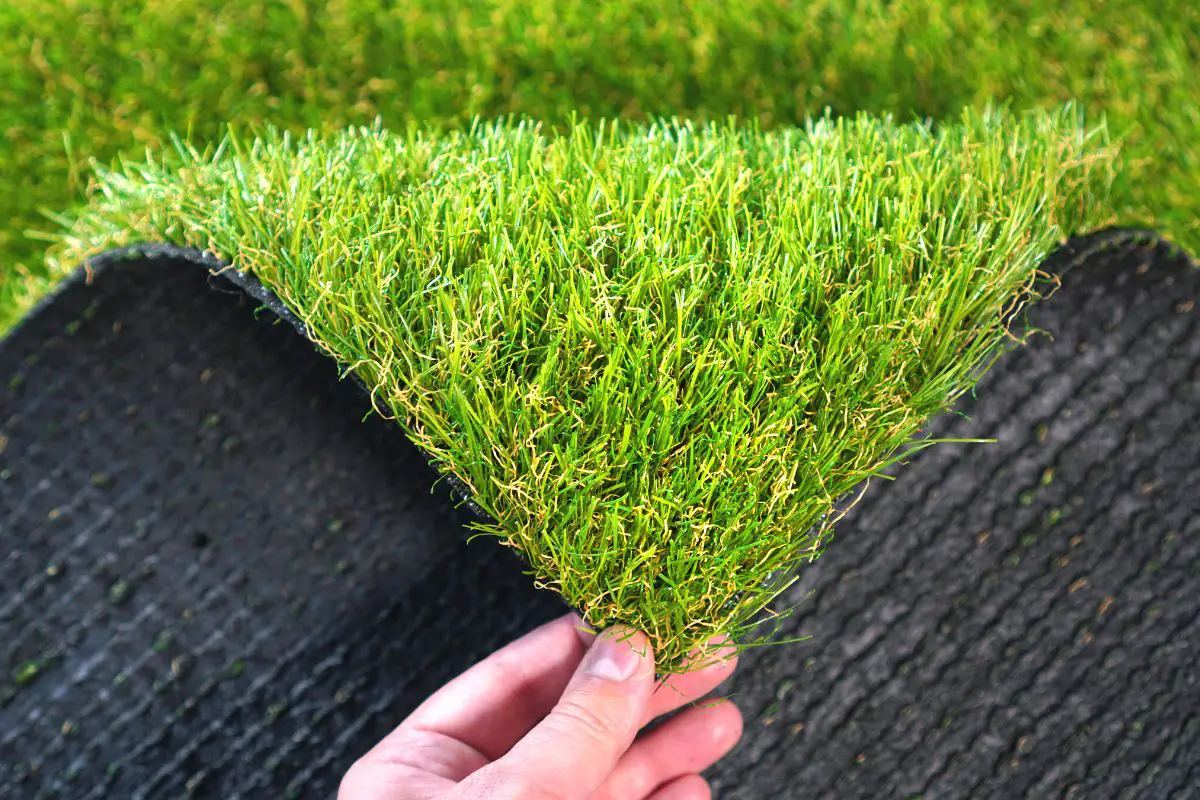
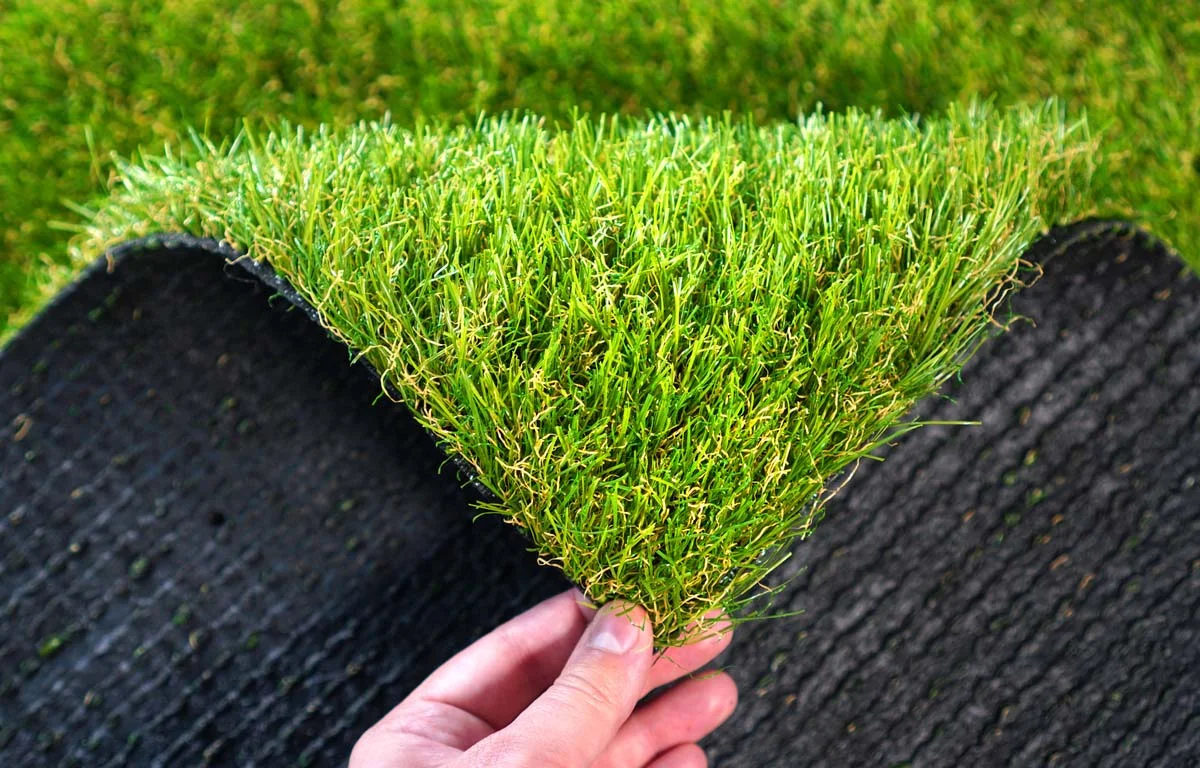

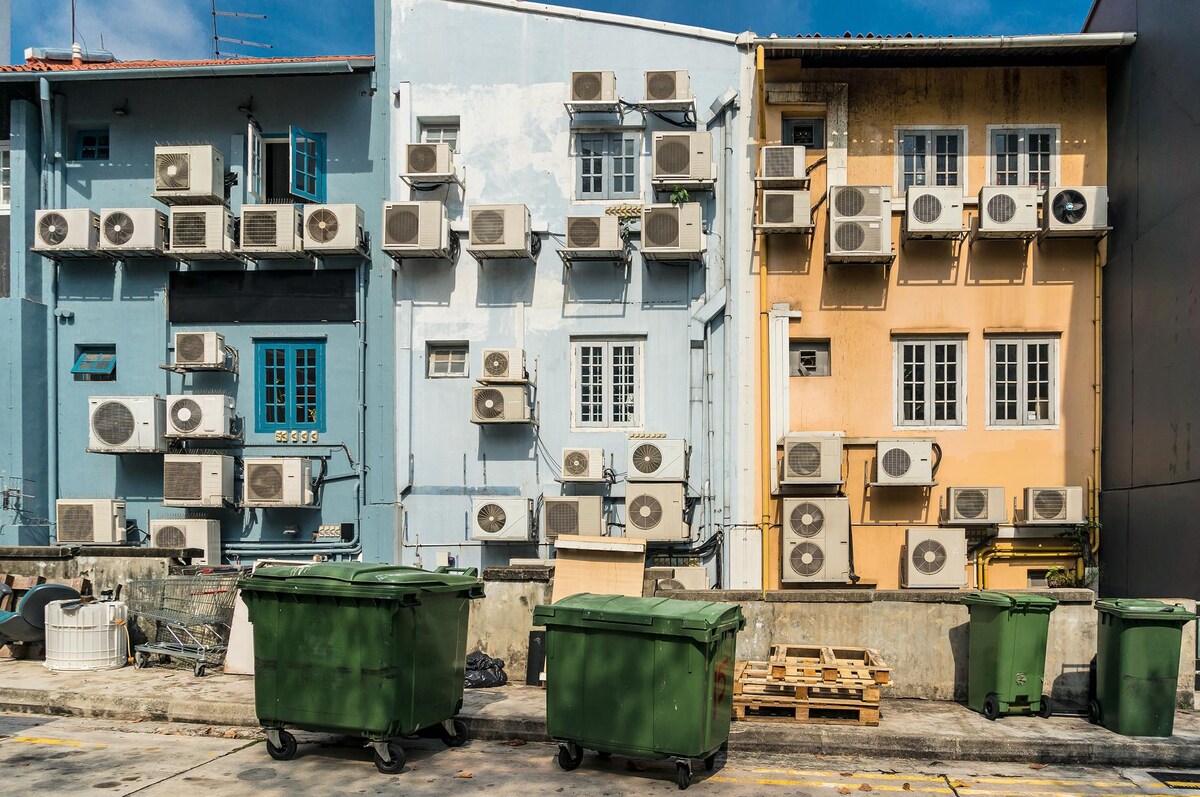
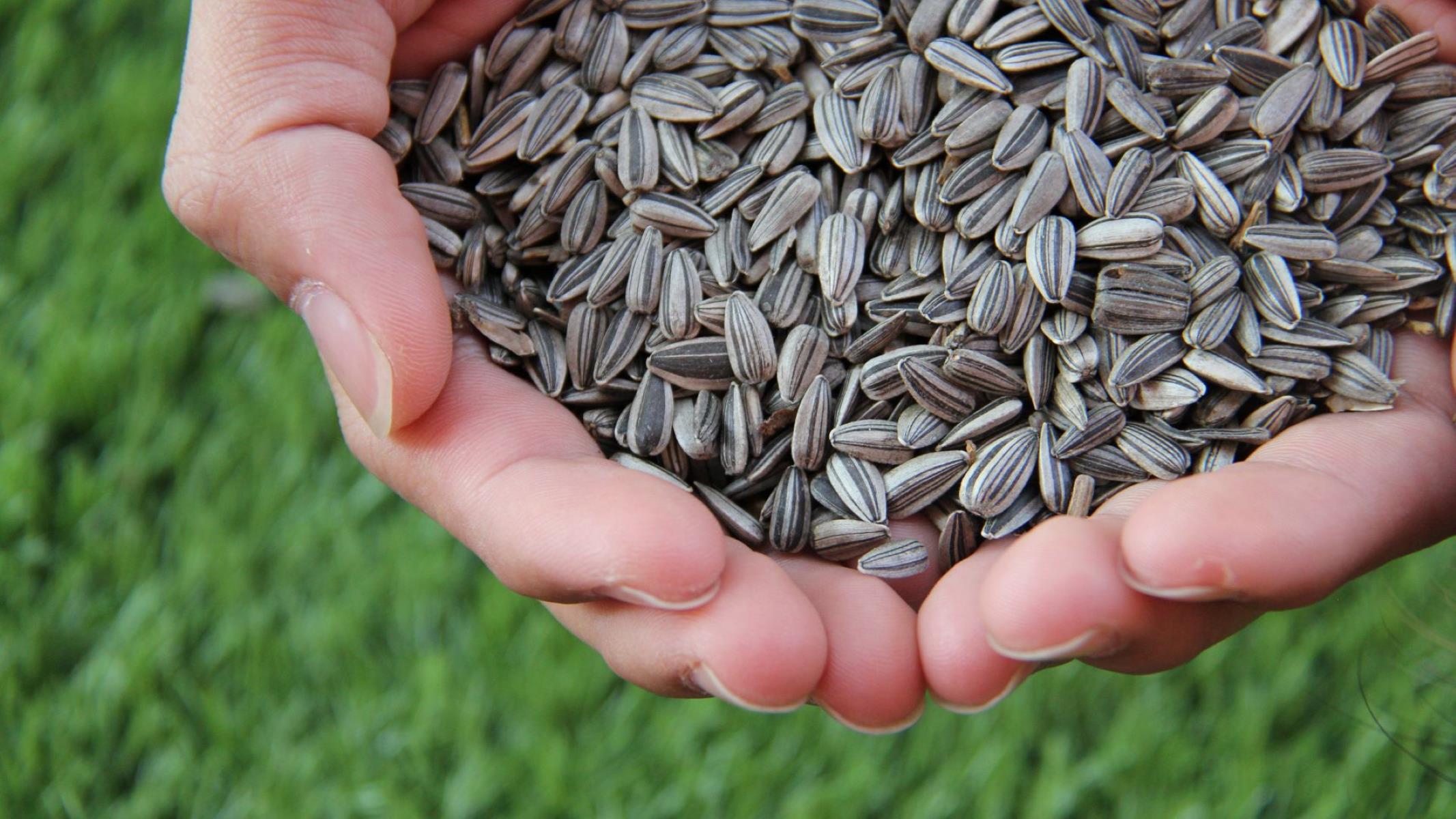

0 thoughts on “Why Is It Bad To Spray Sanitizer Into The Ventilation System”